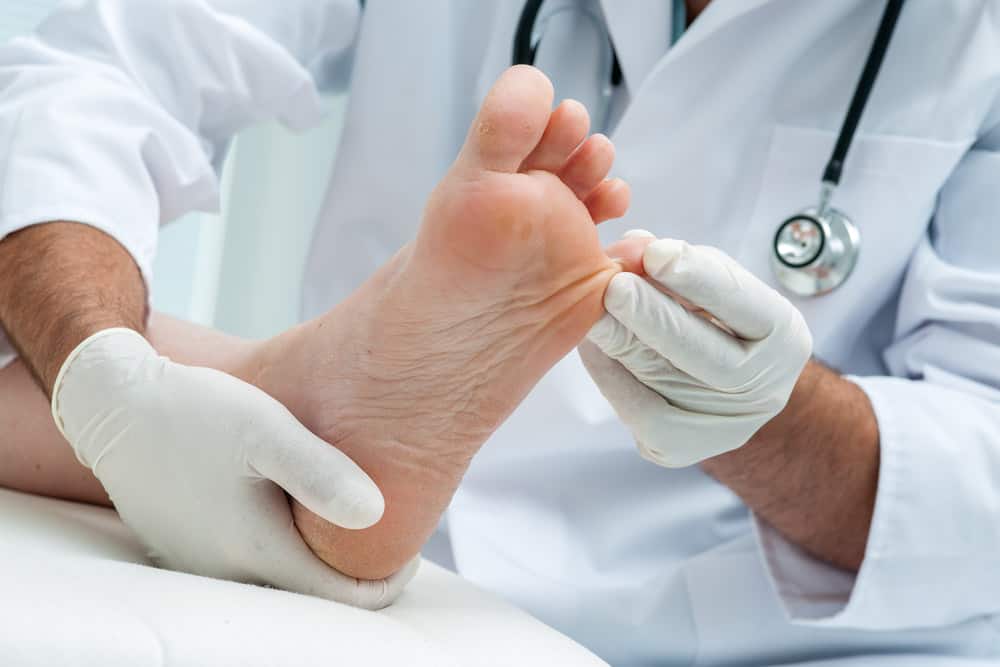Nail fungus, also known as onychomycosis, is a common condition that affects millions of people worldwide. Among its various forms, white superficial onychomycosis (WSO) is particularly prevalent. In this article, we will delve into the causes, symptoms, and treatments of nail fungus, with a specific focus on WSO. Furthermore, we will provide practical tips and advice on how to prevent and treat this condition effectively.
Introduction: The Importance of Discussing Nail Fungus
Nail fungus is a widespread problem that affects approximately 10% of the population globally. This fungal infection not only compromises the appearance of nails but can also have a significant impact on one’s daily life. From the discomfort and pain it can cause to the potential social and psychological implications, nail fungus is a condition that demands attention and understanding.
Causes of Nail Fungus
Nail fungus is primarily caused by a group of fungi called dermatophytes. These fungi thrive in warm, moist environments, making nails an ideal breeding ground. However, other factors can contribute to the development of nail fungus, including:
- Poor Foot Hygiene: Irregular or inadequate foot hygiene practices can increase the risk of nail fungus. Failing to keep nails clean, dry, and properly trimmed can create an environment conducive to fungal growth.
- Damaged Nails: Trauma or injury to the nails can weaken their protective barrier, making them more susceptible to fungal infections.
- Exposure to Fungi: Walking barefoot in public places like gyms, swimming pools, and communal showers can expose your feet to fungi, increasing the likelihood of nail fungus.
- Weakened Immune System: Individuals with compromised immune systems, such as those with diabetes, HIV/AIDS, or autoimmune disorders, are more prone to nail fungus.
- Age and Genetics: The risk of developing nail fungus increases with age, and genetic factors can also play a role in determining susceptibility.
Symptoms and Impact on Daily Life
Recognizing the symptoms of nail fungus is crucial for early detection and prompt treatment. Common signs of nail fungus include:
- Discoloration: Infected nails may develop white, yellow, or brown patches. In the case of WSO, a white chalky substance typically appears on the surface of the nail.
- Thickening: Infected nails often become thicker and more brittle, making them difficult to trim.
- Distortion: As the infection progresses, nails may become misshapen and lose their natural contour.
- Foul Odor: Nail fungus can produce an unpleasant smell, especially when the infection is severe.
The impact of nail fungus on daily life extends beyond the physical symptoms. Many individuals with nail fungus experience embarrassment and self-consciousness, leading to decreased confidence and social withdrawal. Moreover, the discomfort and pain associated with the condition can interfere with normal activities, such as walking or wearing closed-toe shoes.
It is important to note that nail fungus can spread to other nails or even to other people if proper precautions are not taken. Without treatment, nail fungus can persist for years, with complete resolution often taking several months.
Treatment Options for Nail Fungus
When it comes to treating nail fungus, various options are available, ranging from over-the-counter remedies to prescription medications and natural remedies. The choice of treatment depends on the severity of the infection and individual preferences. Here are the most common treatment options:
- Over-the-Counter Medications: Antifungal creams, ointments, and nail lacquers can be found at your local pharmacy. While they can be effective for mild cases of nail fungus, they often
require consistent and long-term use for optimal results. 2. Prescription Medications: In more severe cases, oral antifungal medications may be prescribed. These medications attack the fungus from within, but they may have side effects and require regular blood tests to monitor liver function. 3. Nail Removal: In cases where the infection is severe or causing significant pain, surgical removal of the nail may be necessary to eliminate the fungus. A new nail will eventually grow in its place. 4. Natural Remedies: Some people opt for natural remedies like tea tree oil, vinegar soaks, or essential oils. While these remedies are generally safe, their effectiveness varies, and they may take longer to achieve noticeable results.
It is important to consult a healthcare professional to determine the most appropriate treatment option for your specific case of nail fungus.
Practical Tips for Prevention
Preventing nail fungus is key to maintaining healthy nails. Consider implementing the following tips and incorporating them into your daily routine:
- Maintain Proper Foot Hygiene: Wash your feet regularly with soap and water, ensuring to dry them thoroughly, especially between the toes.
- Trim Nails Properly: Cut your nails straight across and file down any thickened areas. Avoid cutting nails too short or rounding the corners, as this can lead to ingrown nails.
- Protect Your Feet: Wear breathable socks and shoes that provide adequate ventilation. Avoid tight-fitting footwear, as it can create a moist environment conducive to fungal growth.
- Practice Good Foot Care in Public Places: Wear shower shoes or sandals when walking in public areas such as locker rooms, swimming pools, and communal showers.
- Avoid Sharing Personal Items: Do not share nail clippers, files, or other personal items that may come into contact with infected nails.
- Choose Nail Salons Carefully: If you visit a nail salon, ensure they adhere to proper hygiene and sanitation practices. Ask about sterilization procedures for their tools.
By adopting these preventive measures, you can significantly reduce the risk of developing nail fungus.
Conclusion
Understanding the impact of white superficial onychomycosis (WSO) and nail fungus as a whole is crucial for maintaining healthy and beautiful nails. By knowing the causes, recognizing the symptoms, and familiarizing yourself with the available treatments, you can take proactive steps to prevent and address nail fungus effectively. Remember, early intervention is key in managing this common condition. Prioritize good foot hygiene, be mindful of your surroundings, and seek professional advice when needed. With proper care and attention, you can maintain healthy nails and restore your confidence.

